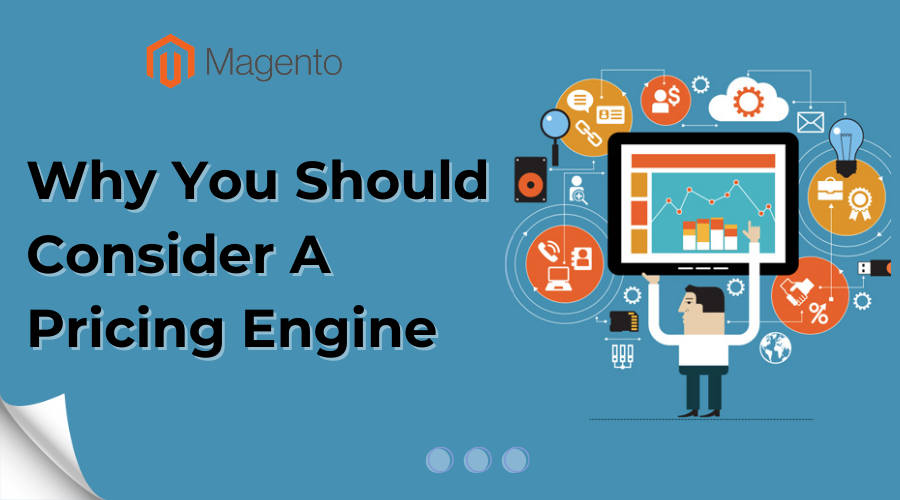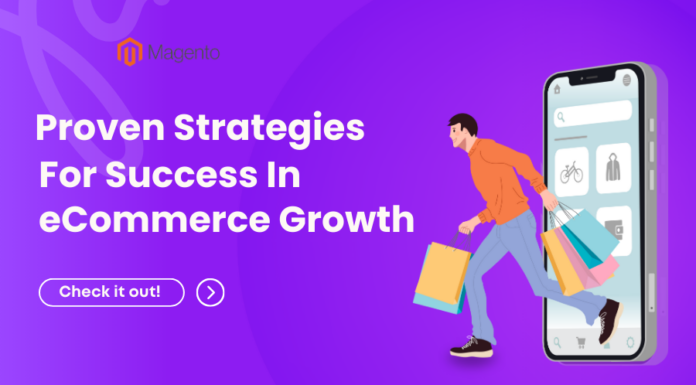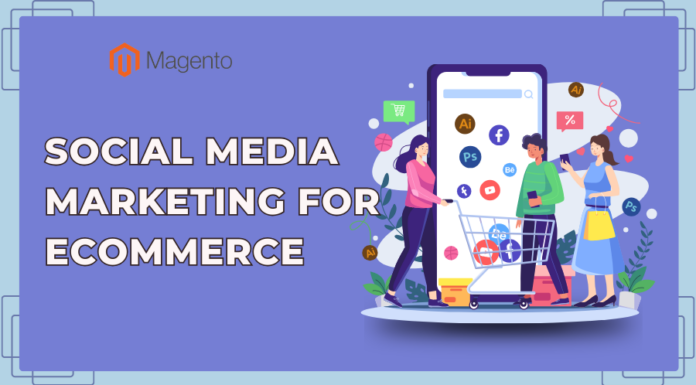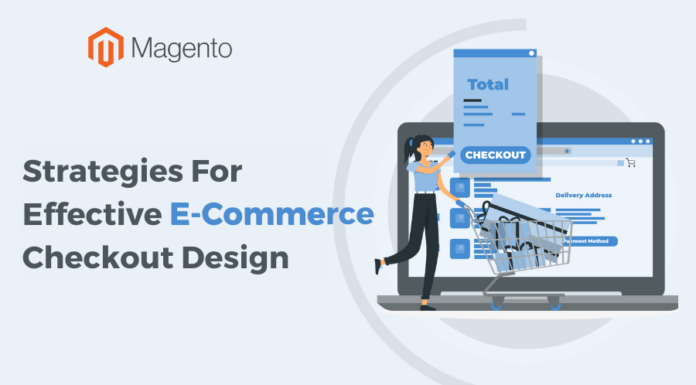
In 2022, 44% of e-commerce organizations and retailers reported employing automated pricing technology, such as price engines, to increase revenues and reduce losses caused by inflation and decreasing customer spending.
The situation hasn’t changed in 2023, when companies are looking for solutions to automate their operations, increase their reach, and reduce the risks of pricing mistakes. Most biggest market players, such as Amazon, Walmart, and Apple, already employ AI pricing technologies.
This tendency indicates the decreasing feasibility of manual pricing in an increasingly competitive and complicated market landscape. Businesses want real-time, precise pricing data to improve profitability and competition.
Nowadays, companies want to take advantage of automated solutions wherever possible as advances in AI and data management continue to bring new capabilities for analyzing, interpreting, and visualizing data. That’s fair — using a pricing engine comes with a whole pack of business benefits.
Table of Contents
I. Key Features of Pricing Engines
Different pricing engines come with a whole pack of handy features that make them effective business tools. Here are just some of the great functions that you will definitely like:
- The ability to generate rules-based pricing and discounts — Pricing engines enable organizations to develop rules-based price lists and discounts. This guarantees that customers receive accurate rates for each item, regardless of where they purchase or seek a quote.
- Connection with CPQ — For sophisticated corporate pricing requirements, a pricing engine connection with CPQ (Configure, Price, Quote) software enables firms to create correct quotations rapidly.
- Data synchronization across numerous channels — Pricing engines can sync pricing data in real-time across different selling platforms, eliminating the need for firms to manually adjust prices every time the market changes.
- Price comparison visibility — Using a price platform that makes complex calculations based on customer segmentation, organizations may give discounts and pricing models specific to each consumer or group, allowing them to deliver competitive pricing.
- Analytics — Pricing engines have analytics capabilities, allowing organizations to follow consumer behavior patterns, discover pricing anomalies, and more.
Of course, every solution has its unique specs and features. To bring the maximum value to your business, it is important that you pack the right program targeted toward your needs.

#1 — Error Reduction
Manually establishing or calculating pricing at several endpoints throughout a big business increases the probability of mistakes, resulting in inconsistency and missed opportunities. Pricing errors arise when sales teams or mid-level decision-makers compute prices using contradictory methodologies or inadequate data. Manually established rates, likewise, fail to account for real-time variables that move ideal pricing up and down.
#2 — Improved Personalized Customer Experience
Customers today anticipate more customization in their shopping experiences. Rewards and tailored pricing based on loyalty and previous purchases are two of the most effective ways businesses demonstrate personal recognition to their customers. When users see that their interests are considered, the likelihood that they will make both new and repeat purchases increases. Furthermore, shopping journey personalization not only increases loyalty and repeat engagement but also makes customers 78% more inclined to promote products and services to others.
#3 — Increased Profitability
Price optimization is essential for maximizing profits and remaining competitive in the industry. Leveraging pricing analytics and simulated models to optimize pricing strategies can lead to increased revenue and margin, ultimately improving the bottom line. Connecting pricing to live, real-world data does more than merely maintain competitiveness and market share, thus, boosting profitability. Pricing increases with no volume change — it either increases in response to rising demand or cuts to encourage sales — resulting in tenfold gains in profitability. In other words, implementing dynamic pricing through a pricing engine can help businesses generate higher profits due to increased sales volume. It allows for adjusting prices in response to consumer and market information, leading to increased profitability.
#4 — Shortened Sales Cycles

For years, sales teams and customers have depended on software-based pricing solutions, such as configure-price-quote (CPQ) and enterprise resource planning (ERP) systems. Nonetheless, in today’s enterprises, which use dozens to hundreds of SaaS platforms and partitioned IT systems, these solutions have limited scalability. Customer preferences are migrating toward e-commerce and self-service models as price complexity increases. Pricing engines solve both issues simultaneously, combining more data than CPQ and ERP systems and making it more easily available to purchasers. Buyers make more informed purchasing decisions with access to precise, real-time pricing.
II. Industries That Can Benefit From Pricing Engines
Pricing engines are useful in a wide range of industries and niches. These are some of the examples where pricing engine can be of huge benefit:
- eCommerce — Since online buyers can easily compare prices and switch providers, their purchasing habits are very sensitive to changes in rival pricing. Pricing engines configured to detect price swings across rival websites and apply live adjustments within specified ranges assist e-commerce organizations in staying on top of current pricing trends.
- Retail — Retailers with physical storefronts can utilize pricing engines with inventory intelligence criteria to move merchandise through specific locations more effectively and avoid storage overages and perishables loss.
- Hospitality services — Demand for service providers such as hotels, restaurants, and ride-sharing firms varies greatly depending on time and place. Pricing engines enable these companies to uncover dynamic pricing possibilities within certain durations and situations.
- Software-as-a-Service (SaaS) — By offering differential pricing depending on feature packages and subscription levels, providers of highly changeable SaaS platforms such as CRMs may frequently boost profitability and customer happiness at the same time.
As you can see, the use cases for pricing engines are just endless. There is always an application for any company that is selling their products or services.
III. Let’s Wrap up!
According to IBM’s most recent report, more than 70% of retail and consumer goods executives expect their companies to be heavily involved in intelligent automation across the value chain. However, despite the fact that price remains a primary issue evaluated by shoppers, pricing and product managers’ efficiency is still underinvested. For a deeper dive into strategies and tools for automating pricing, check out this repricing guide.
Many merchants across different sectors have yet to reveal the commercial value provided by price engine software. Revenue growth, profit margin expansion, and increased customer lifetime value (CLV) are just a few of the advantages of using a pricing engine.












![[SALE OFF] Discount 30% All Premium Extensions On Christmas And New Year 2025 christmas-and-new-year-2025](https://landofcoder.b-cdn.net/wp-content/uploads/2024/12/christmas-and-new-year-2025-1-218x150.png)






